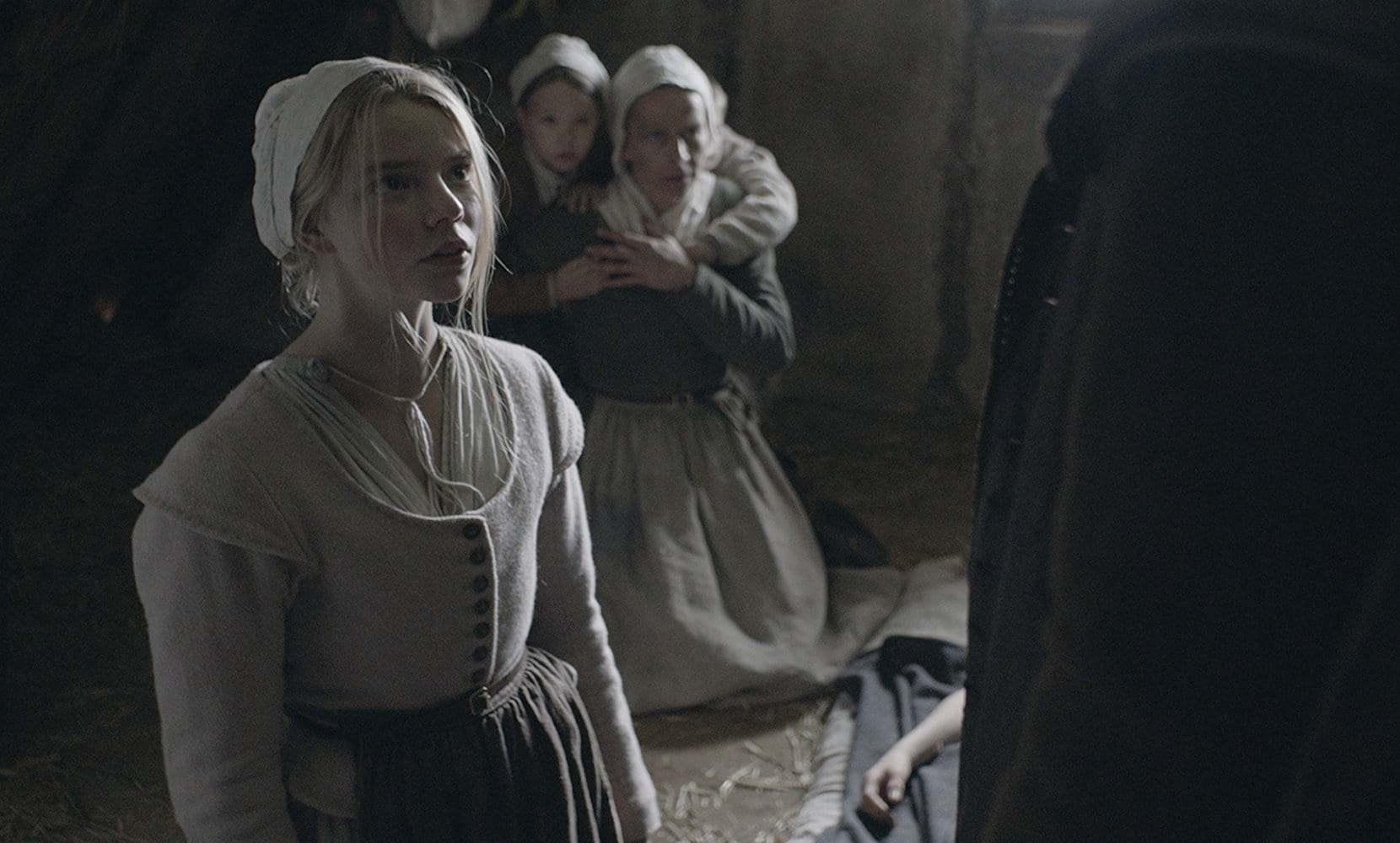
Conjuring a Coven for The Witch
Director of photography Jarin Blaschke collaborated with first-time feature writer-director Robert Eggers for this period tale of the supernatural.
This article originally ran in AC, March 2016. Some images are additional or alternate.
The Witch transports us to 1630s New England, where Puritan settlers live in perilous conditions and abject fear of the supernatural — particularly witches, whom they believe to be everyday folk transformed by a deal with the Devil.
Following an ideological clash with the church, William (Ralph Ineson), Katherine (Kate Dickie) and their five children are cast out of their colony. The staunchly pious family travels to the edge of a dark forest, and the group is soon beset by misfortune. The parents’ newborn son and then their eldest, Caleb (Harvey Scrimshaw), disappear — both while under the watch of eldest daughter Thomasin (Anya Taylor-Joy), whom the parents come to suspect of witchcraft. Tragedy and paranoia soon begin to tear the family apart.
“We wanted it gray and dead. We were trying to have everything feel grim and oppressive.”
— writer-director Robert Eggers
Director of photography Jarin Blaschke collaborated with first-time feature writer-director Robert Eggers in painstakingly re-creating the period. The 2015 Sundance Film Festival jury took note, honoring Eggers with its U.S. Dramatic Directing Award.
Blaschke had previously shot Eggers’ short-film adaptation of Edgar Allan Poe’s The Tell-Tale Heart — which, like The Witch, displays the director’s fondness for American Gothic — as well as Brothers, which similarly explores the dread of the unknown in the woods.
Blaschke spent his early years in Northern California and the desert town of Bend, Ore., before studying film at New York’s School of Visual Arts. He cut his teeth shooting Columbia University graduate films. His first feature was director Anthony Tarsitano’s middle-age drama Calling It Quits, followed by Geoff Ryan’s post-war Fray, Macdara Vallely’s mother-daughter tale Babygirl, and Leah Meyerhoff’s experimental coming-of-age story I Believe in Unicorns.
“The Witch is the movie with the most of me in it so far. So for it to receive this attention is especially rewarding.”
— cinematographer Jarin Blaschke
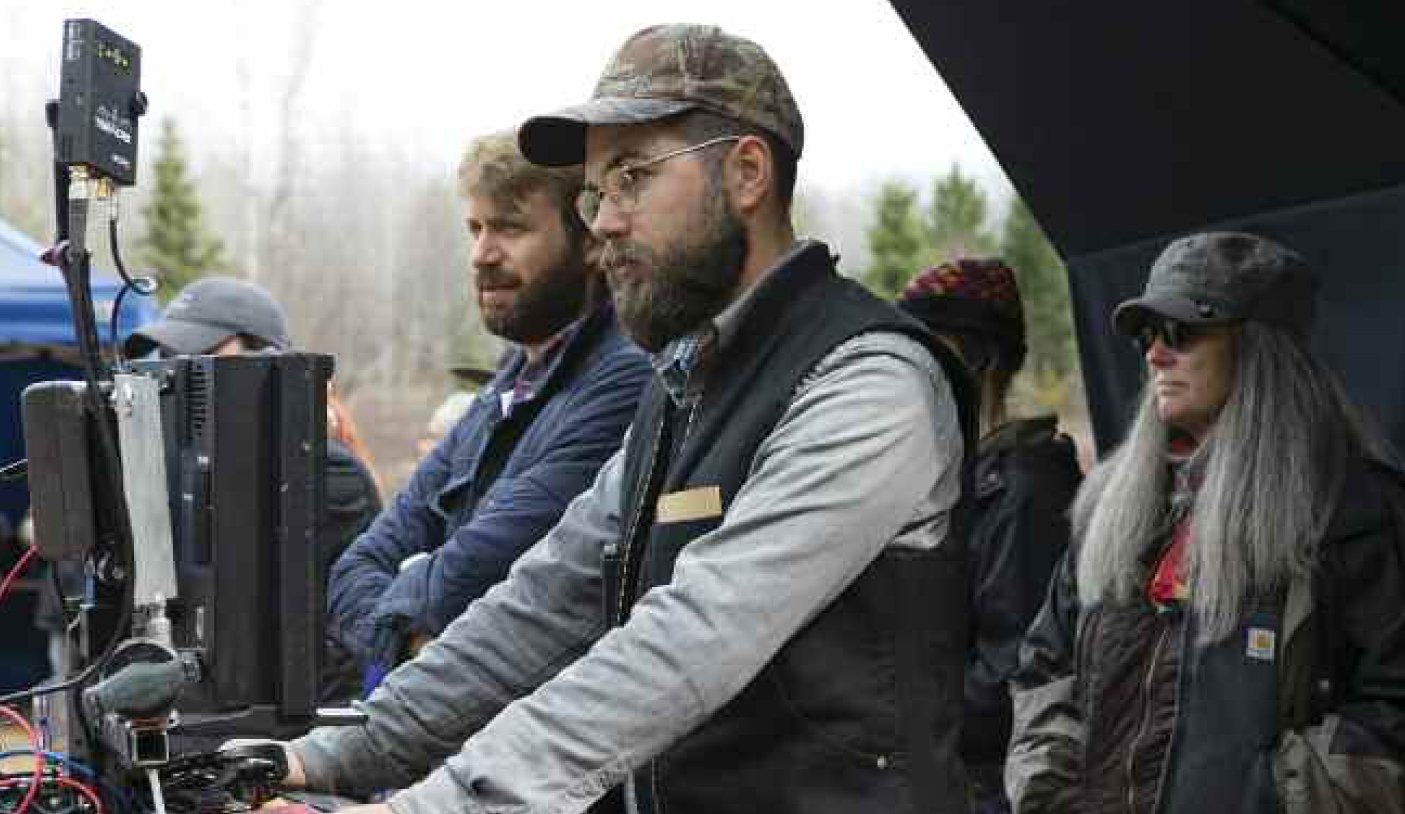
Like many of his peers, Blaschke cites the late Gordon Willis, ASC as a prime influence. “I connect with how he did things simply and well, in terms of distilled coverage and the purity of his lighting,” Blaschke says from his Los Angeles home. As evidenced in The Witch’s artfully spare aesthetic, he notes that he prefers “pure thinking, and doing things in a direct, effective way — not trying to adorn it with too much stuff.”
Blaschke met New Hampshire native Eggers when the director was searching for a local cinematographer in his adopted New York. Eggers was impressed with Blaschke’s reel, and the pair bonded over discussions about animators the Brothers Quay and Golden Age illustrators such as Harry Clarke and Arthur Rackham.
“Those fairytale illustrators come through in the imagery in The Witch,” says Eggers in a separate interview. “They’re in our blood.” The director also acknowledges the influence of Stanley Kubrick’s The Shining, shot by John Alcott, BSC. Indeed, camerawork in The Witch is occasionally Kubrickian, with static frames and the subtle, unsettling use of zoom lenses.

The Witch also shares Kubrick’s preferred 1.66:1 aspect ratio, but Eggers says that’s mere coincidence. “We wanted to be really intimate in the family’s house, but also have the trees be extra tall,” he explains. “Also, the taller frame gave us more resolution and a little more of the characteristics of the old lenses we were using.”
The filmmakers’ research brought them to Plimoth Plantation, a Massachusetts living-history museum that exhibits a 17th-century Plymouth Colony settlement. It was there that they studied family inventories and Plimoth’s re-created structures, which provided the basis for the family farmhouse that production designer Craig Lathrop would ultimately build with period-accurate hand-riven oak clapboards and reed-thatched roofs.
Though their initial preference was to shoot in New England, the production opted for Canada to take advantage of financing opportunities, including the Northern Ontario Heritage Fund. Dense forests with white pine and hemlock trees were essential, and after months of scouting, a suitable location was found outside the abandoned lumber town of Kiosk, 250 miles north of Toronto.
The 26-day shoot got underway in late spring 2014, which was problematic given the story’s autumn setting, leaving cast and crew to pick new buds out of the trees. The production lodged in the town of Mattawa and traveled 45 minutes each day to the set, where there was no cell coverage — making communication a challenge.

The filmmakers aimed for a desaturated look, which was realized with the help of Lathrop’s sets, Linda Muir’s costumes, and a concerted effort to shoot at dawn, dusk or whenever it was overcast. “We wanted it gray and dead,” Eggers says. “We were trying to have everything feel grim and oppressive.”
When conditions weren’t right, the production moved to interior scenes. “Weather was everything,” Blaschke notes. “There are a lot of day exteriors, and it works only if it’s gloomy. We didn’t have perfect luck, but the producers were on our side in terms of last-minute cover-set rescheduling to get the right feeling.”
Although the filmmakers had hoped to shoot with 500 ASA film stock, in the end it was decided that the budget necessitated digital shooting, and so they opted for an Arri Alexa Plus 4:3 camera. “Alexa doesn’t look like film, but it’s pleasing in other ways,” Blaschke says. “It’s glassy and smooth. It’s the digital camera that’s best for how I like to work and how I like things to look.”
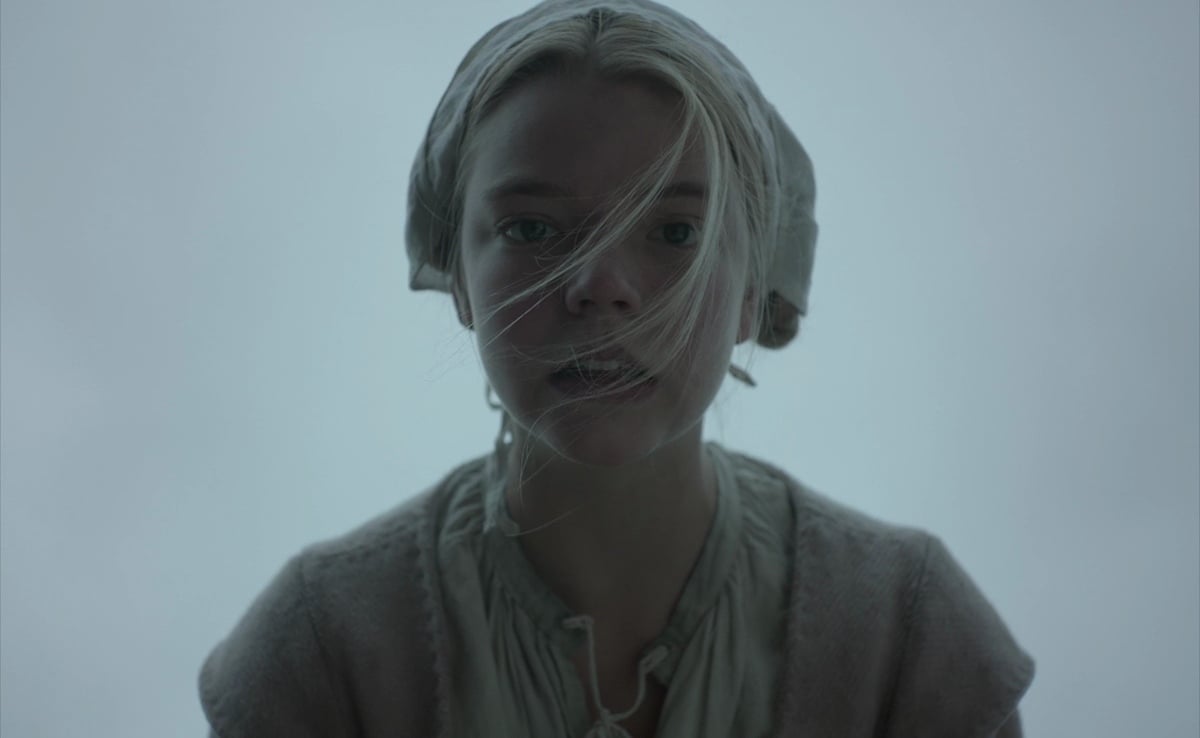
The production sometimes necessitated running the camera for long stretches until the filmmakers got what they wanted, namely in challenging scenes involving unpredictable goats and young children. “It was a better choice for getting the movie done,” the director offers.
A Convergent Design Gemini 4:4:4 recorder and 512GB SSDs captured 24-fps ArriRaw footage, while select 28-32-fps shots were captured internally in ProRes 2K to Sony 64GB SxS Pro Memory Cards. Log C ProRes was recorded for backup of all footage.
Blaschke tested various vintage lenses at Panavision Hollywood and decided on Series II Cooke Speed Panchros. “The backgrounds, when thrown out of focus, have a globular look,” he explains. “They have a swirling effect that — in combination with vignetting — draws your eye to the center, which works well for symmetrical compositions. It has a transcendent, witchy feel to it. It’s like looking through a porthole or crystal ball.”
The crew also used a vintage, custom-made Panavision 20-100mm zoom. Its motor eventually gave out, leaving 1st AC Kevin Michael LeBlanc to simultaneously pull focus and manually zoom.
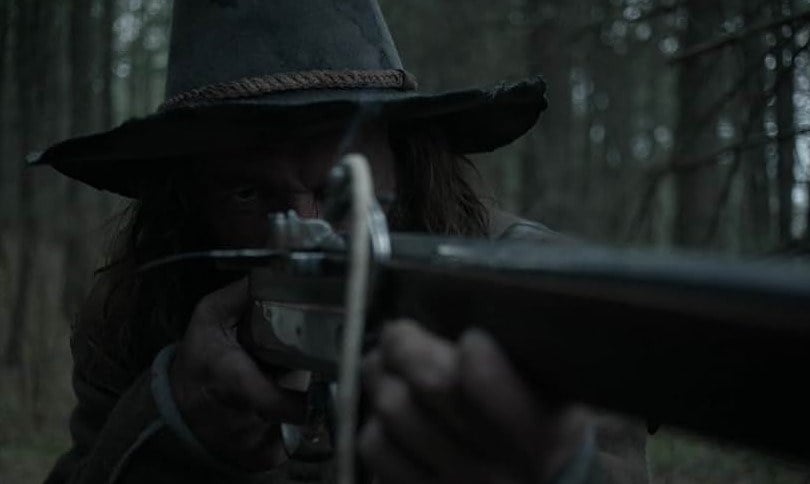
Blaschke found T2.81⁄3 to be the perfect stop. The Cooke lenses were sufficiently softening, so NDs and the occasional grad served as the only filtration. For a few specific flame-lit shots, he would shoot wider-open with a rare Bausch & Lomb Super Baltar 35mm (T2.3) or a “de-tuned” Panavision Super Speed MKII 50mm (T1.4).
The cinematographer estimates that 85 percent of the movie was shot on a 32mm Speed Panchro (T2.3). “You feel ‘right there’ with the characters, and the environment is ever-present without getting into distracting Z-axis distortion,” he explains.
For extreme wide shots, Blaschke used a 25mm, and for more portrait-like compositions and inserts, he employed a 40mm. The Series II 50mm was used for a couple of POV shots, such as when Caleb guiltily glances at Thomasin’s bosom as they wash clothes by a stream.
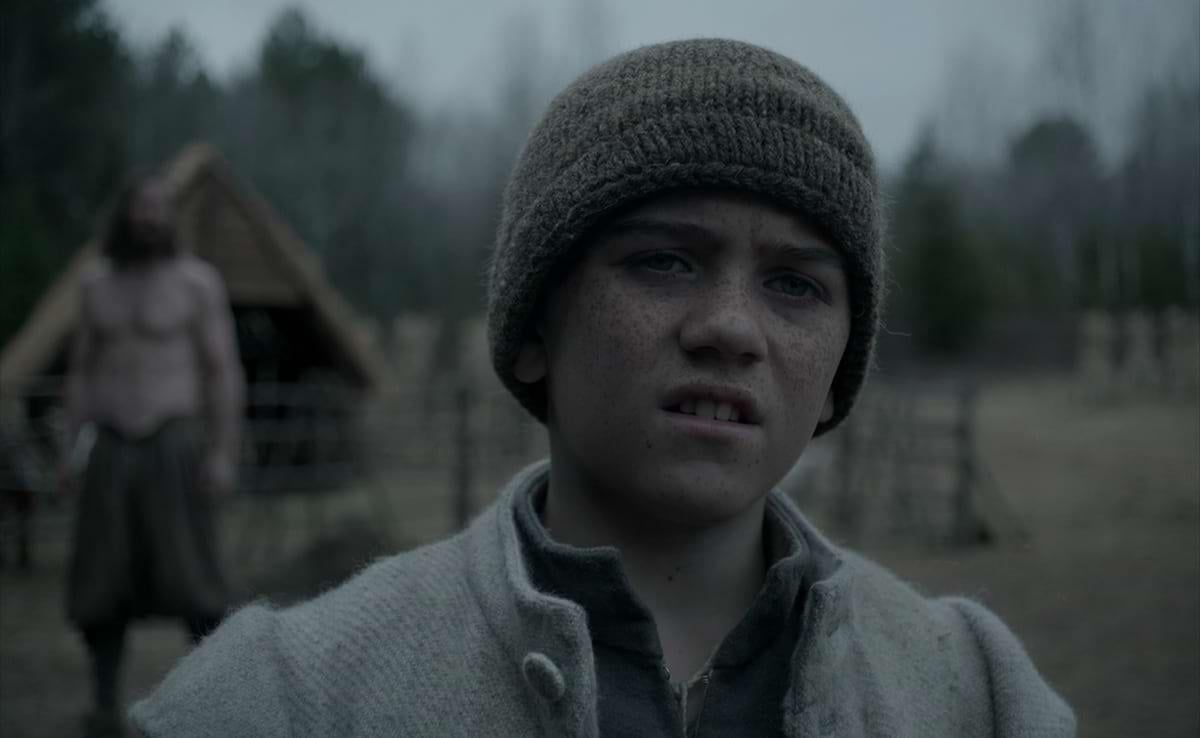
Blaschke resisted using artificial light sources as much as possible. “So much effort went into the accurate costumes and production design. I would have felt I was betraying that with movie lights,” he explains. Daytime interiors on the main floor of the family home were lit solely by shaped natural light through the windows. “That’s Ultra-bounce catching skylight,” Blaschke elaborates. “If it was direct sunlight I’d go to a bleached muslin — which is more matte — when I could afford the additional, minute light loss. In our soft, overcast world, solids and nets outside emphasized light on one side versus another. We didn’t want a mushy ‘available light’ look. We wanted it to have direction.”
A pivotal day-interior scene occurs up in the family garret. After getting lost in the woods — a sequence that, like all day exteriors on The Witch, was shot with shaped natural light primarily using negative fill — Caleb returns in a strange, feverish state. His parents put him to bed and try to cure him of his delirium, as their young twins, Mercy (Ellie Grainger) and Jonas (Lucas Dawson), start writhing around on the floor in the throes of apparent possession. At Lathrop’s suggestion, the long, complicated scene was shot on a stage, which was built in an abandoned logging facility. In this rare case, a large artificial source was used to cast a ghostly glow.
Forty feet outside a small window, pairs of Arri M40s and M90s alternated bouncing off a couple of 12'x20' bleached muslin frames in a “V” formation, providing a panorama of simulated overcast light that filtered in through the lone window. “That gave us a feel of what we had out in the forest,” says gaffer Chad Roberts. “It was a challenge because I had to match what the grips did with natural light.” Inside the set, 8'x8' muslin returned some light for shaping on the actors’ faces.
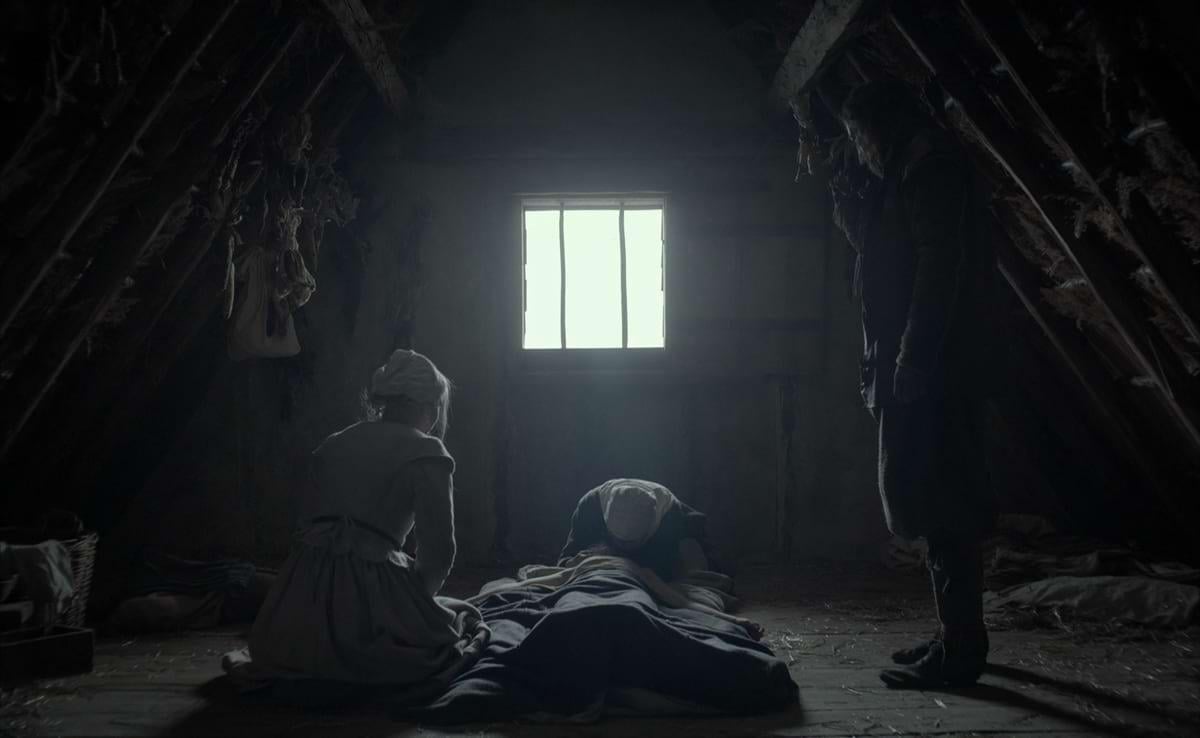
Night interiors were lit by practical and off-camera triple-wicked candles, tapers, tea lights and gas flames. To eerie effect, this would often illuminate the central action and little else. In one instance, for the safety of a live raven, Roberts’ electrical team substituted flames with a rig they devised, which entailed hanging three 1⁄4 CTS-covered 200- watt bulbs on a C-stand and putting them on a flicker generator at a low setting.
In a scene that transitions from night interior to exterior, a tense family dinner is interrupted by strange sounds from the goat shed, and Thomasin’s parents send her to calm the animals. She walks toward the shed as the camera dollies back, her face lit by the lantern she carries. Not a fan of excessive moonlight — and wanting to keep the level well below that of the candles in Thomasin’s lantern — Blaschke employed a pair of M90s on an 80' lift to simulate the lunar source, while 12'x20' bleached muslin on the ground supplied fill. “I had electronic ballasts on the M90s,” Roberts recalls. “I eventually shut off one and dimmed the other down to 50 to 75 percent. We put in every scrim we had. It was more like a 2K than a 9K!”

Brian Gedge, who served as camera operator on The Witch, captured most moving shots on a dolly and a handful of others on Steadicam. All the film’s static shots were captured on a tripod or, while in the studio, a positioned dolly. An Easy-rig was used for a climactic scene involving William and a goat.
Footage was monitored on a 17" Sony PVM OLED screen calibrated to Rec 709. Toronto digital-imaging technician Erik Greensmith, who graded dailies in Blackmagic Design’s DaVinci Resolve, recalls, “I would key and desaturate skies that were overly blue, as well as any foliage that was becoming too green as spring progressed throughout the shoot.”

Mila Patriki performed the final grade, which stretched from December 2014 to January 2015 at Toronto’s Urban Post Production. She worked in Resolve 11 on a 2010 Mac Pro with 2880x2160 12-bit ArriRaw files and off-speed shots in 2048x1536 ProRes 4:4:4:4.
“We muted colors overall,” Patriki says. “We kept it looking beautiful by keeping some details with full color, such as a lit lantern, some candlelight and moonlight. The biggest challenge was to achieve an old, beautiful look with soft color and contrast while having it moody and scary at certain points.”
For The Witch’s stark look, Variety recognized Blaschke as one of 2015’s “10 Cinematographers to Watch.” He has since shot Oren Uziel’s Shimmer Lake, a crime drama told in reverse, whose Toronto shoot allowed him to attend The Witch’s presentation at the Toronto International Film Festival.
“The Witch is the movie with the most of me in it so far,” Blaschke reflects. “So for it to receive this attention is especially rewarding.”
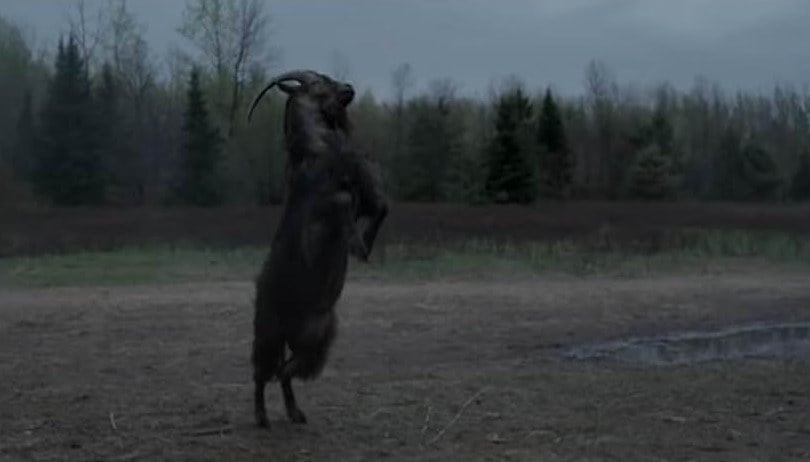
The filmmakers subsequently re-teamed on The Lighthouse and The Northman. Their upcoming horror feature Nosferatu will be covered in a future issue of AC.
TECHNICAL SPECS
1.66:1
Digital Capture
Arri Alexa Plus 4:3
Cooke Speed Panchro Series II; Bausch & Lomb Super Baltar; Panavision Super Speed MKII, custom zoom






